- How do you identify the subject of a self initiated project?
- How do you structure and plan the production of a self initiated project?
Christoph Miller – Offshore
Offshore Studio is a multi-disciplinary graphic design studio that does regular commissions, self-initiated projects, publishing and research projects.
One of their most influential projects was that of ‘Migrant Journal’. It tries to reappropriate the term ‘migration’ and direct it away from the negativity associated with the Syrian crisis.
Each issue of the magazine took the word ‘migration’ applying it to different meanings and uses. For example, ‘Wired Capital’, the second instalment, focussed on the flow of money and information.
The team who collaborated on this project lived all over the world. They were all ‘migrants’ in these countries and were not born into them.
Contributions were also sought from a range of professionals, including, journalists, academics and image creators.
To make the publication coherent and logically linked, the owners created their own font, MigrantGrotesk, and used colour and form to produce a carefully considered branded product.
In terms of how they find self-initiated work, they have a list of themes or ideas they want to explore and actively seek out ways to investigate them. The structure and scale of these projects can vary vastly and each one is taken on its own merit and balanced with a supporting framework.
These frameworks can take on differing forms – an example Christoph gives is about a residential in Norway where they are supported financially to look at the migration patterns of wolves and their influence on tourism, economics etc and are expected to produce visual outcomes.
The ‘quickie’ – 2 to 3 weeks to create a small publication based on an idea. In this case, the first example of ‘fake news’ was published in The Sun in 1835. The final book was 50 or 60 pages and was designed into 2 posters as they enjoyed creating them.
Veronica Fuerte – Hey
Hey studio is based in Barcelona founded in 2009. Veronica started with self-initiated projects as she did not have many clients. It was a way in which she could build a portfolio with things that she enjoyed and liked. This in turn would lead to work in the areas that she wanted to work in.
Another technique that she employs is by using unused material. When a commercial client decides to go down a different route, it can leave good designs behind. By following these and developing them it can create new possibilities. This reminds me of the work of the ‘Fin – zine’ which was looked at in an earlier module https://garyphilodesign.co.uk/week-12-3/ where I said, “I suppose the biggest learning outcome of this venture, is that nothing that is created needs to go to waste. There is always a place for it somewhere.”
Her final idea is to start completely from scratch. A blank canvas where you can go in any direction. I like the idea of that but it is a bit intimidating….What if you can’t think of anything?
Vince Frost – Frost Collective
Frost collective is based in Sydney, Australia. Vince created the book, “Design your life”, as a self-initiated project based on applying design principles to other aspects of your life – Mental health etc.
By using this idea as a springboard, he was then able to give lectures on the subject, conduct public relations, and go on roadshows. This allowed him to expand his network significantly which had a massive impact on his day to day work.
Frost refers to this as developing his brand. What he, and his company of the same name, stand for. This has now continued into a podcast which allows him to continue working with his network to take on real issues in an open manner.
This method of social interaction through the medium of the podcast also introduces him to a younger audience and to those who may only use podcasts as a way of interacting with design professionals.
De-Frost events – These are live events, which people can attend. Like the podcasts, they involve his network but it is a place where attendees are encouraged to have meaningful discussions.
Vince decides on how to do a self-initiated project depending on the scale. Small designs, such as business cards or posters are done on the side, while, larger-scale projects with bigger commitments need more team members. Including a Project Manager to keep things on track.
Sam Bompass – Bompass and Parr
Sam started his professional life 12 years ago as an artisanal jelly maker (of all things!). He is now an experiential designer playing with the fringes of possibilities to create unique experiences.
He loves ideas and takes the time to take the inane and bombastic and bring them to life.
Sam struggles to identify self-initiated projects as he treats all projects with the same value. Makes sense. Unless you talk about projects where you are the initiator. No client as such – award entries for example. These must be different?
James Stringer – Werkflow
James is a digital artist with a background in fine art. His game, ‘Sovereign’ was based on a shared idea with colleagues at Werkflow. They all grew up in similar suburbs and wanted to create a game around this shared experience.
This game was initially funded through the Arts Council but unfortunately fell through due to changes in government regulations. At the time of this podcast, James was still developing the game and sourcing potential funders to make it a reality. It does, however, sound like he is willing to fund this himself if no funding partners are forthcoming.
A quick google search shows no updates in the last 12 months.
Resources:
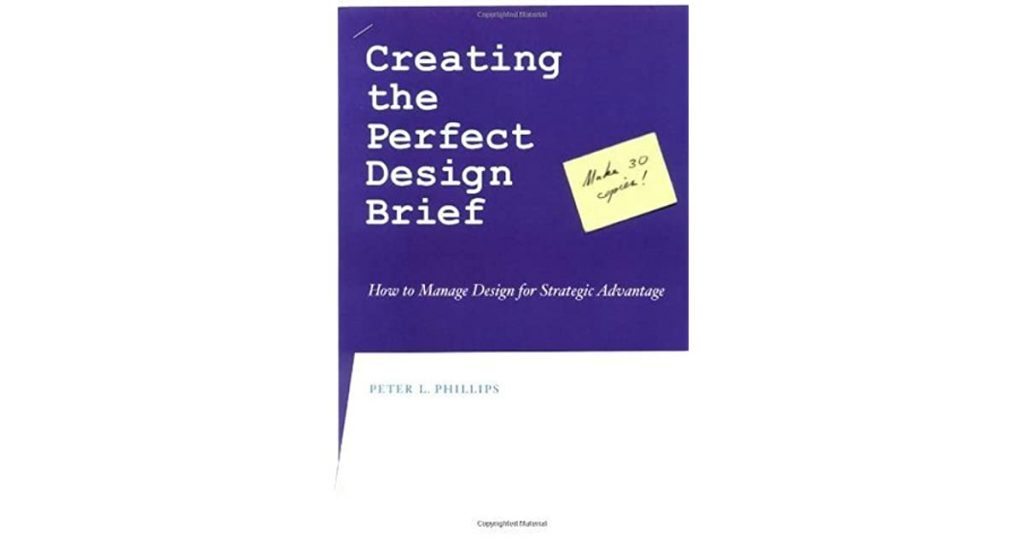
Phillips, P (2004) (Links to an external site.)Creating the perfect design brief: how to manage design for strategic advantage, (Links to an external site.) (New York: Allworth Press)
Notes:
- There are no magic formulas
- Design problems to solve
- Briefs are often written by non-designers
- Creativity can be restricted.
- Don’t refer to yourself as a service
- ‘Partners’ in finding solutions
- Think of design briefs as business plans
- Business and design strategy
- Overview and background > Category Review > Target Audience > Portfolio
Workshop Challenge
In the last project I actually compiled a list of passions and things that interest me. https://garyphilodesign.co.uk/week-10-3/ :
Family. Gaming. Photography. Drawing. Film. Travel. Adventure. Food. Old Cars. The 80s.
This led onto mixing them up to generate possible outputs:
1. Betsyisms in type (my daughter’s sayings.)
2. 8-bit Artwork
3. Classic Car Photography
4. 80s Illustration Posters
5. Typography in 80s Films
6. Traditionally Printed Maps
7. Travel Guide for the Unseen
8. Food / Cookery infographics
9. Old cars in 8-bit
10. 80s packaging of fast food chains
Whilst this list was interesting and followed my passions, I wanted to focus on something different for this project. I relooked at GDE710 and went over some of my ideas during those weeks to see if there was an idea I had overlooked or felt merited further investigation. Below shows four potential briefs from that research:
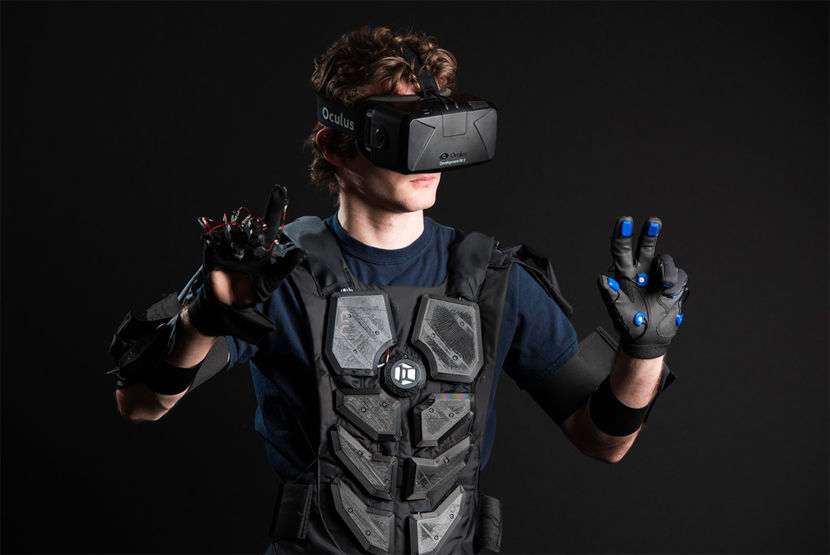
VR Brand Experiences
Create a virtual environment in which brands can create experiences for potential customers. Not only will you be able to see what is available, you will also be able to feel, smell and interact with the products available. Potential for this to be an art installation where you get to immerse yourself in both the good side of a brand as well as the negative side. Can you imagine experiencing buying a car, visiting a holiday destination or choosing your lunch – all from the comfort of your own home?

Papercut Letterpress
Experiment with letterpress to create visually interesting prints. These in turn can be ‘cut out’ to provide a new, third dimension of tactility and space. Would represent a good opportunity to create an art installation in which statuesque monoliths were formed with quotes on which would have a socio-economic commentary of what was happening through the letterforms. This could as well be turned into a book or art exhibition showing the different locations and the meaning behind them.
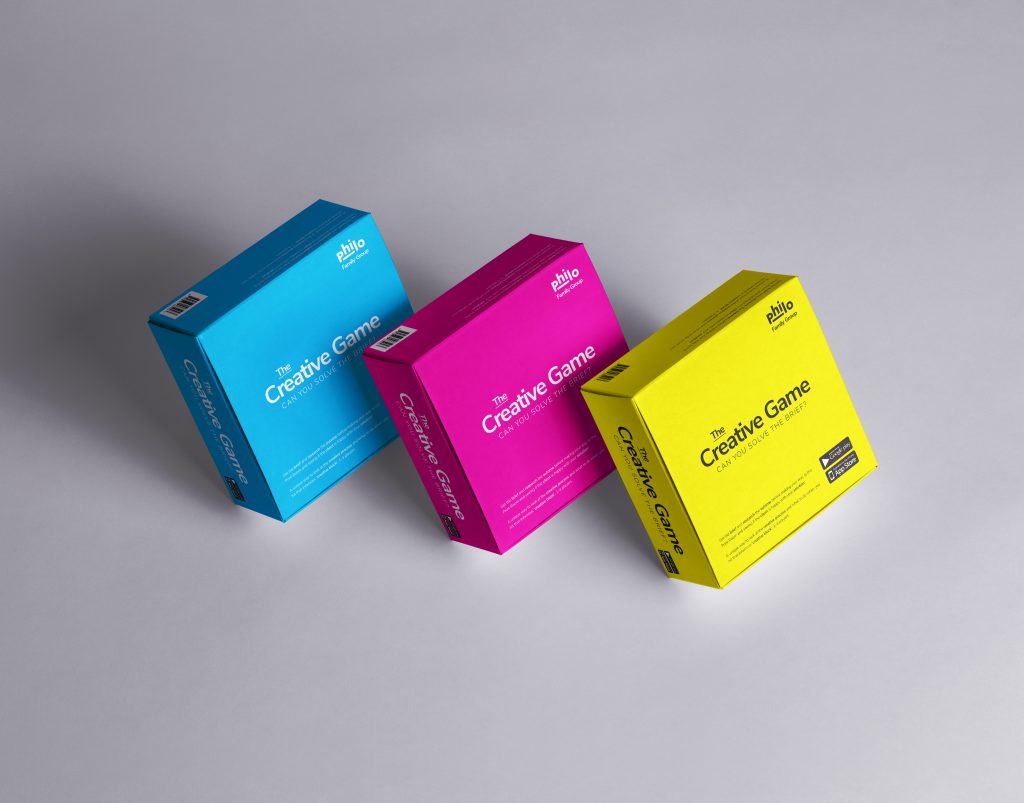
The Creative Game
A board games for creatives. Players pick up a brief card and then make their way around the board to find more out about the subject, the client and what it takes to nail the brief. Once the player feels they have successfully completed the task they go to the ‘present’ icon where they read aloud the brief and what steps they took to get to the solution. Each card has a QR code on it with points you need to hit. For example, ‘must be blue’, ‘Include a wave’ etc. Of course, design and aesthetic would be key to this proposal.

The Christmas Car
Create an animation or short film which depicts the historic relationship between grandson and grandad and their link through a Christmas gift. Think John Lewis advert and how the shared emotions around family, Christmas and life can be drawn upon to create a lasting memory for the viewers. The final product would be available to purchase from businesses such as department stores, toy shops etc. Sometimes, a Christmas gift can last for generations.
Writing a Design Brief
Ideas Wall
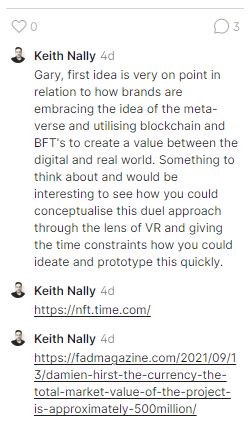
While I agree with Keith, that the first idea is very interesting and at the edge of technology and design, I have reservations about the tie constraints and how quickly the iterationi process would be. I dont have access to VR equipment or the skills to develop solutions. For that reason I have decided to go in a different direction.
Examples of Design Briefs
www.dandad.org/en/d-ad-creative-inspiration-brief-templates/
My Design Brief
After researching into example design briefs, I have come up with my own which can be seen and downloaded below:
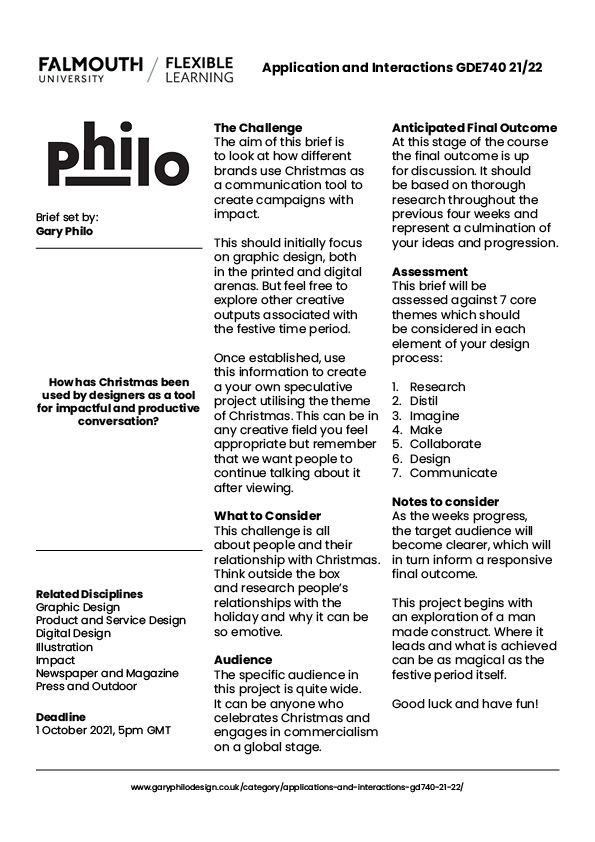
Resources
Creative, C., 2020. How to Write an Awesome Design Brief | Building Better Brands | Episode 11. [online] Youtube.com. Available at: <https://www.youtube.com/watch?v=b6DndtGz9kc> [Accessed 7 December 2021].
D&AD. n.d. Free Creative Brief Templates. [online] Available at: <https://www.dandad.org/en/d-ad-creative-inspiration-brief-templates/> [Accessed 7 December 2021].
Phillips, P., 2004. Creating the perfect design brief how to manage design for strategic advantage peter l phillips. [online] Issuu. Available at: <https://issuu.com/samrudhiipalshetkar/docs/creating_the_perfect_design_brief_h> [Accessed 7 December 2021].

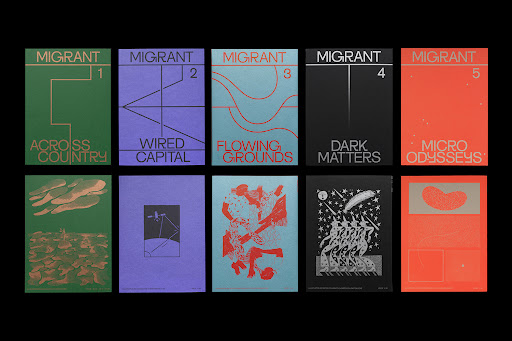

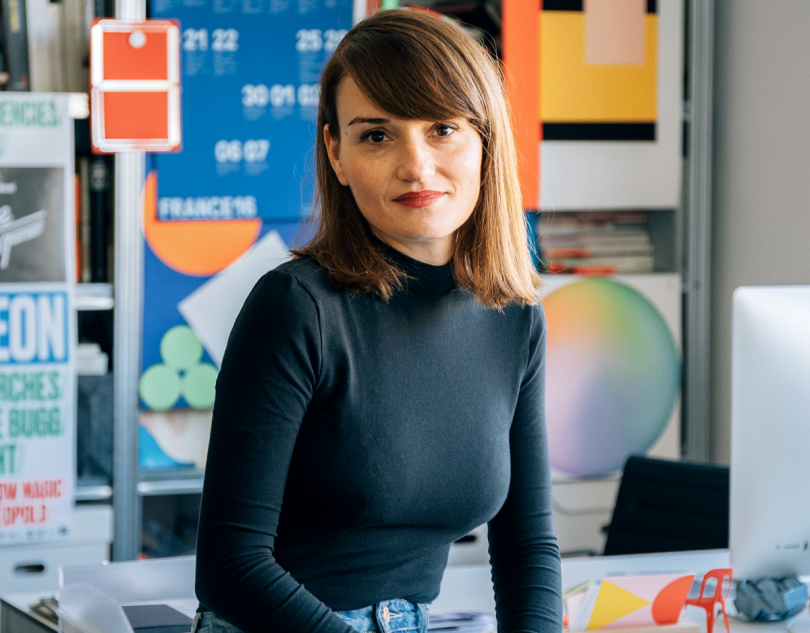
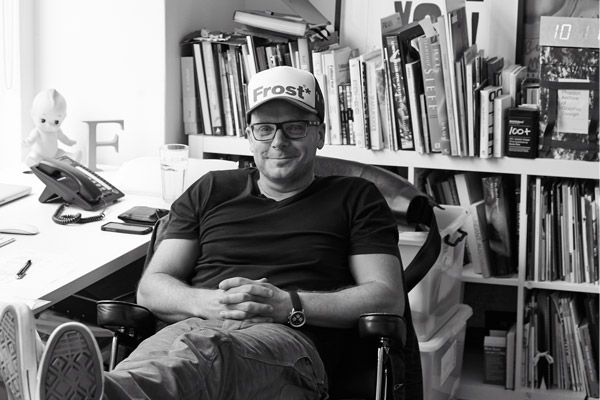

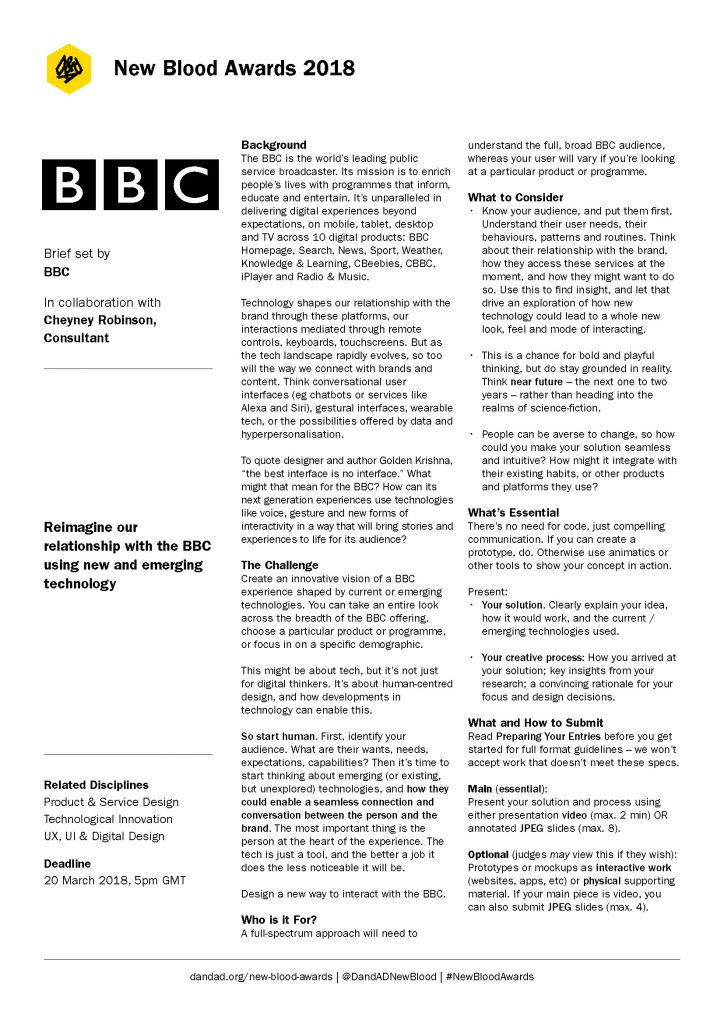
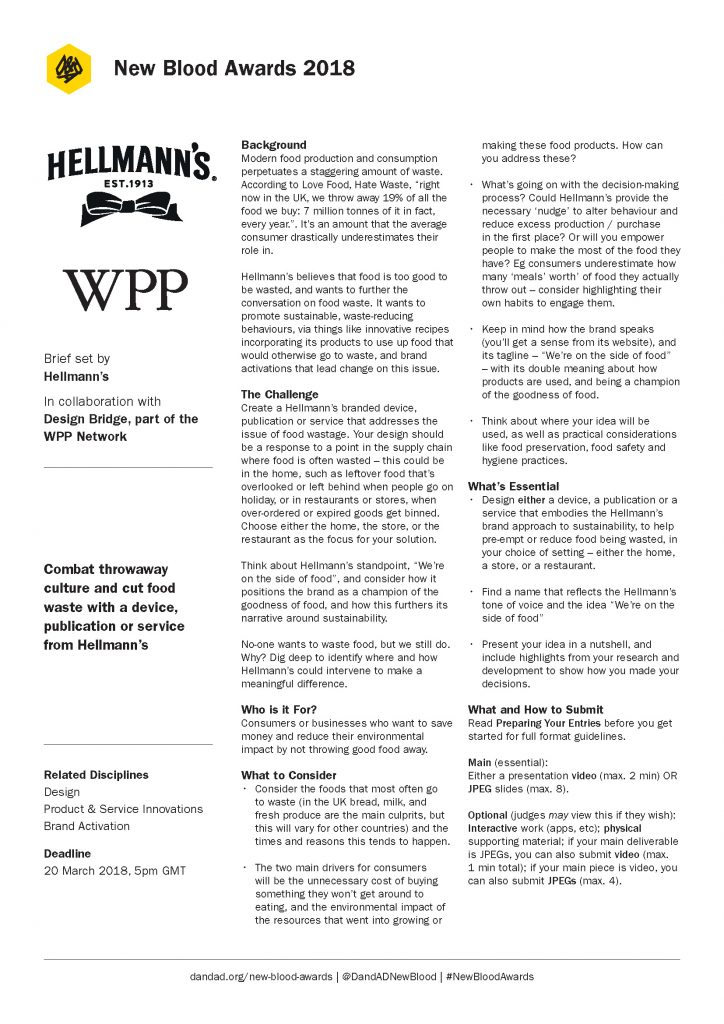
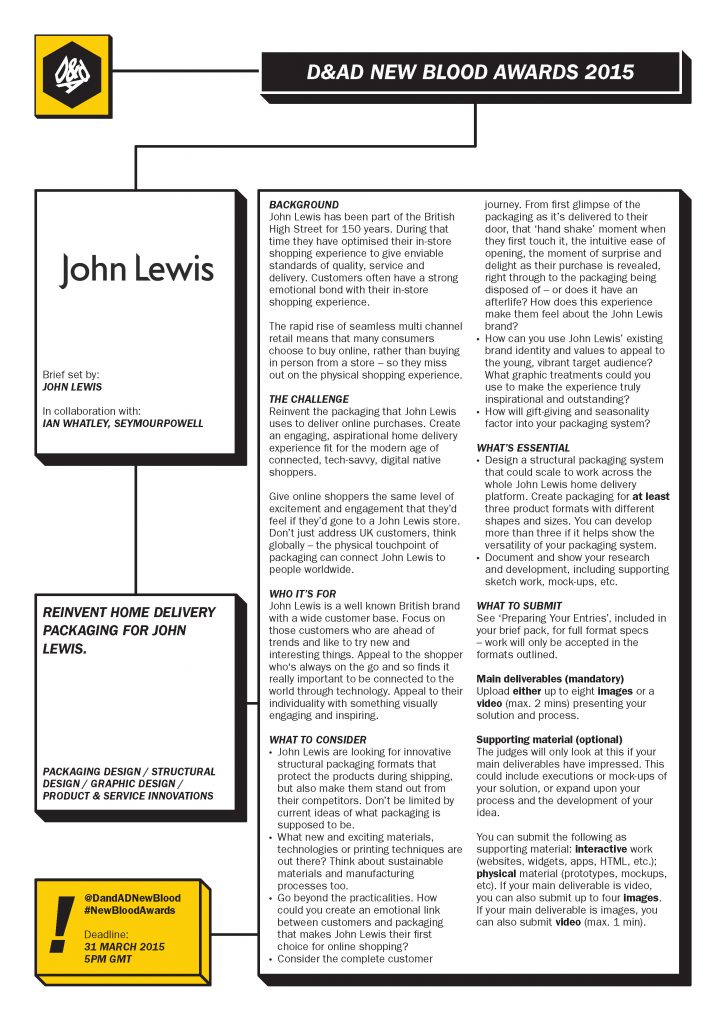
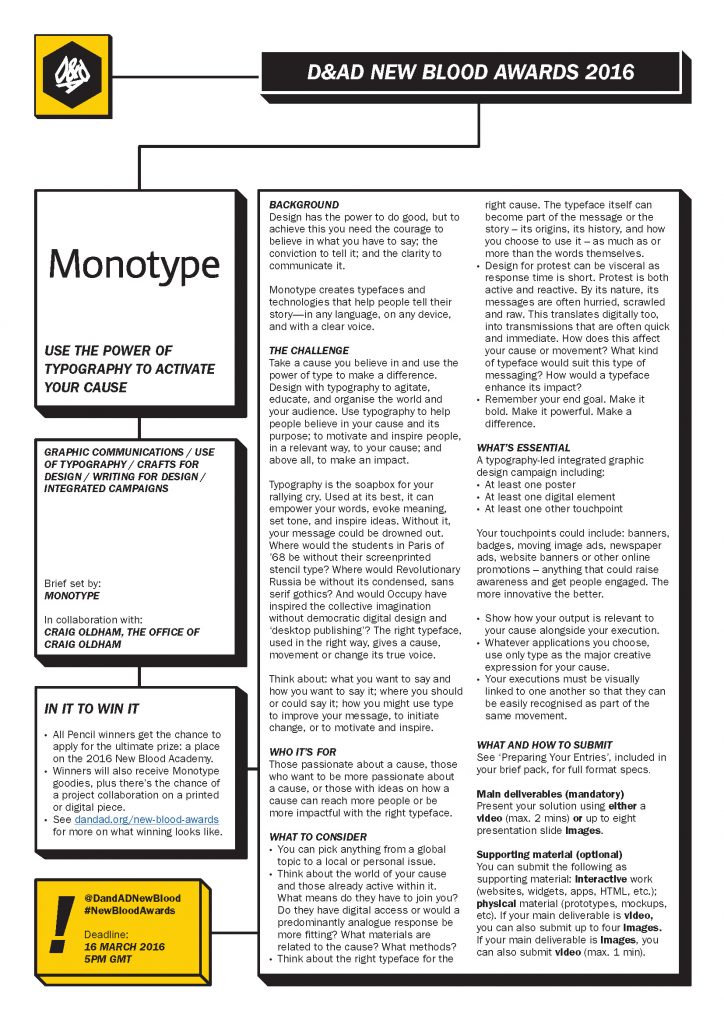
Leave a Reply